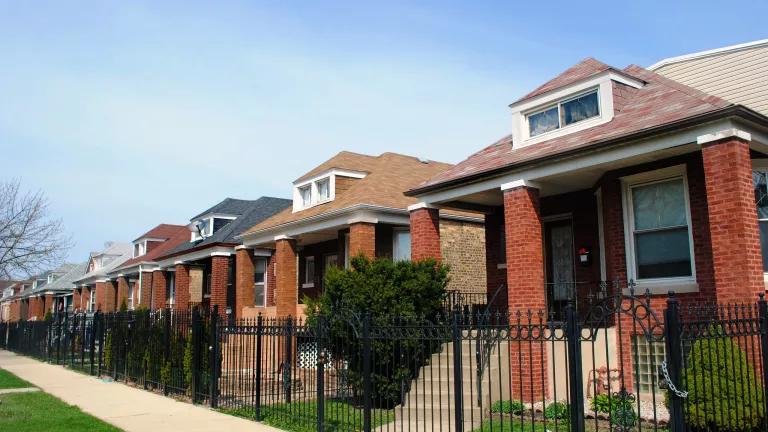Is Cloud Computing Always Greener?
Finding the Most Energy and Carbon Efficient Information Technology Solutions for Small- and Medium-Sized Organizations
As a growing number of small- and medium-sized organizations (SMOs) seek to improve the energy efficiency of their Information Technology (IT) operations by moving computing applications to an Internet-based "cloud" platform, it is becoming increasingly important to understand the associated energy and climate impacts. To uncover the major factors determining how on-premise server rooms and cloud computing stack up in carbon emissions and energy savings, the Natural Resources Defense Council and WSP Environment & Energy have partnered on groundbreaking research, examining five different scenarios with the goal of making it easier for companies to compare options and consider sustainability in their decision-making.
Is Cloud Computing Always Greener? Finding the Most Energy and Carbon Efficient Information Technology Solutions for Small- and Medium-Sized Organizations summarizes that research and presents the following findings:
- While cloud computing is generally more energy efficient and has a smaller carbon footprint than on-premise server rooms, not all clouds are created equal: some clouds are greener than others; and
- An on-premise server room that implements energy efficiency best practices can be a greener alternative than a "brown" cloud.
Ultimately, this paper explains that various solutions exist for SMOs looking to significantly cut energy waste and emissions from both on-premise server rooms and the "cloud."



